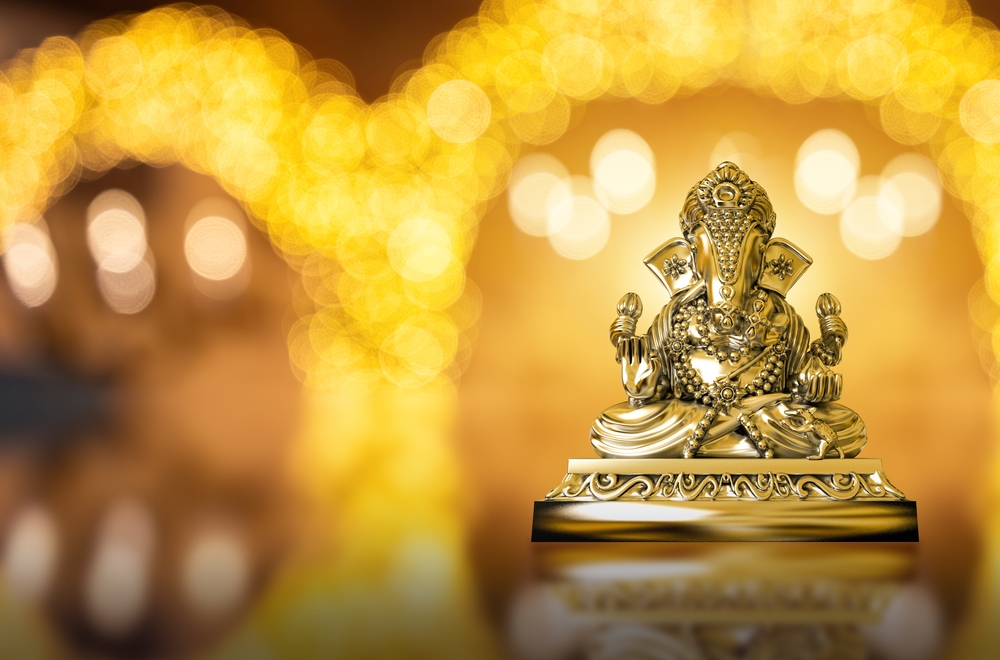
According to academics, people actively practice more than 4,000 religions and denominations around the world. Of all these belief systems, however, few are as old as Hinduism, which is often regarded as a synthesis of different cultural beliefs from across India. Individuals who follow Hinduism typically practice unique traditions that are specific to the regions where they were raised or the families they were born into. Despite this, there is still plenty of common ground among practitioners of Hinduism. Explore these facts based on recent statistics to learn more about this ancient belief system.
Fewer Followers Believe in Reincarnation
Reincarnation refers to the belief that a person’s soul is reborn in another body upon that individual’s death. The soul can be reborn as another human, an animal, a plant, or even as a type of spirit. While many Westerners view reincarnation as a core belief of Hinduism, not all followers agree. Research highlights that six out of 10 people who identify as Hindu do not believe in reincarnation in any form. The belief tends to be strongest with older generations and people who have never received a formal education.
Most Followers View Hinduism as Monotheistic
The average Westerner often perceives Hinduism as a polytheistic religion (the worshiping of more than one god), largely because several prevalent deities play important roles in the belief system. While figures such as Kali, Ganesha, and Shiva may seem like separate entities, a vast majority of Hindus believe these deities are actually all different manifestations of the same God. A 2019 study conducted by the Pew Research Center revealed that only about 7% of Hindus view their religion as polytheistic.
The Majority of Hindus Are Centralized in India
In 2020, it was estimated that more than 1.1 billion followers of Hinduism were spread across the world. Interestingly, a vast majority of Hindus are located in India. In fact, more than 94% of the world’s Hindus live in India. Other countries with significant Hindu populations include Bangladesh and Nepal. While a 2021 census revealed that more than 1.8 million citizens of the United Kingdom identify as Indian, Hindus only comprise about 2% of the religious makeup of England and Wales.
Many Followers Celebrate Non-Hindu Holidays
Although most of the population of India identifies as Hindu, large groups also follow Christianity, Buddhism, Islam, Jainism, and Sikhism. What’s more, many Hindus commonly celebrate holidays associated with other religions. According to a study conducted in 2012, about one in every five Hindus in India also took part in Christmas celebrations. Conversely, people who do not identify as Hindu are likely to celebrate popular Hindu holidays like Diwali, the festival of lights. Among religious minorities in India, Sikhs, Jains, and Buddhists typically celebrate Diwali the most.
Making an Offering Is Commonplace for Most Hindus
In Hinduism, daily rituals differ greatly from one region to another. However, one common practice is puja. Basically, the Hindu puja involves making offerings to deities. Offerings can include bowls of water for washing the deity’s hands or feet, floral garlands, rice smeared with turmeric, fruit, and sticks of incense. Typically, the offering accompanies a prayer. Statistics indicate that a majority of Hindus will perform puja in their own homes, although some followers prefer to visit local temples in order to make offerings.
Using Research To Understand an Ancient Religion
Though Hinduism is considered one of the oldest belief systems still being followed in modern times, plenty of Westerners remain unfamiliar with the customs and practices of the religion. By exploring research and statistics surrounding Hinduism, you can gain insight into the habits of modern followers.

